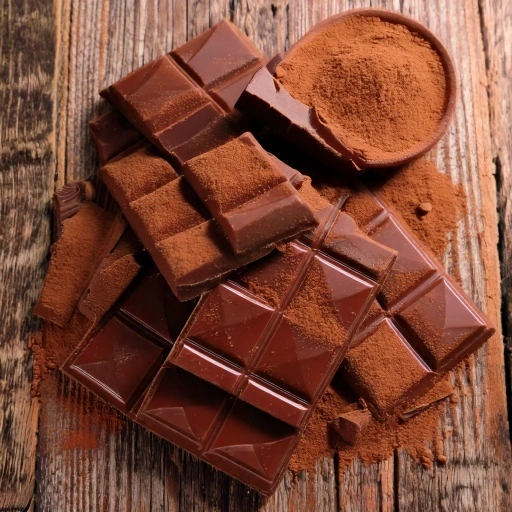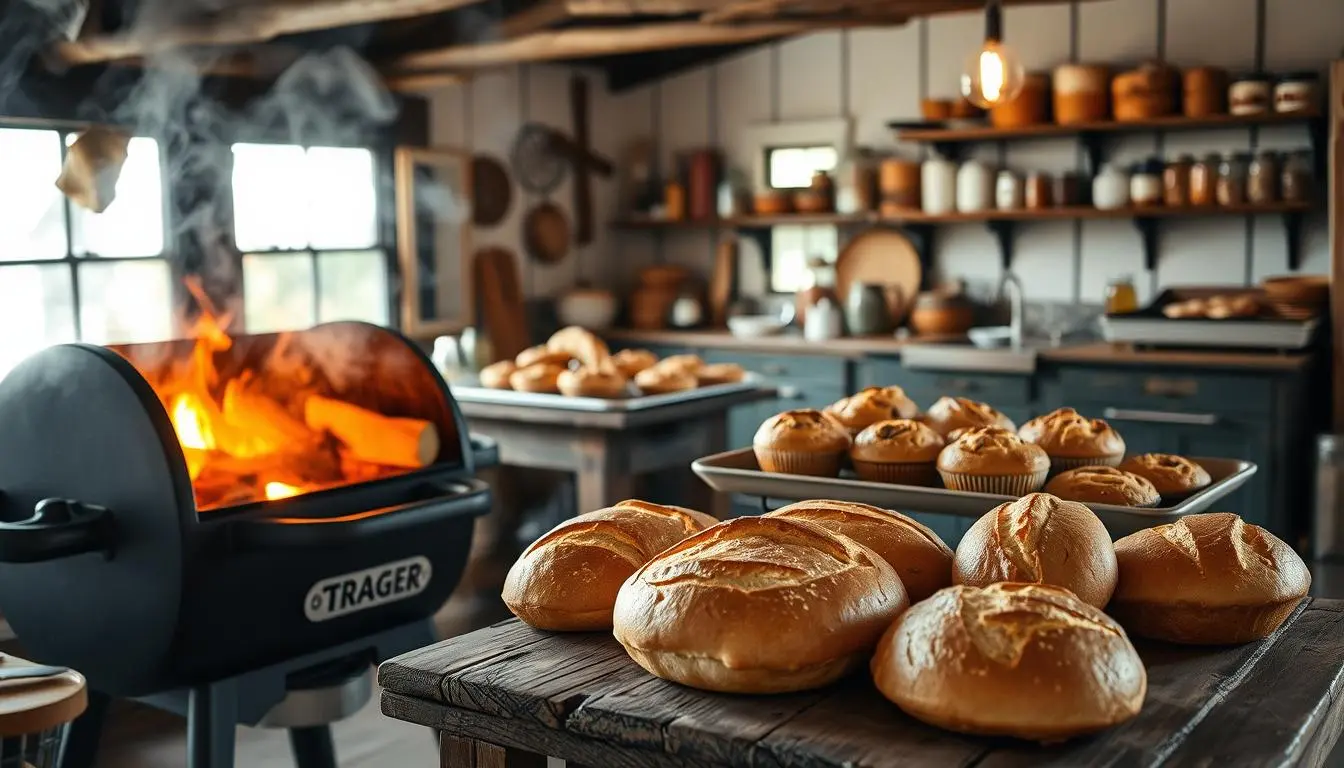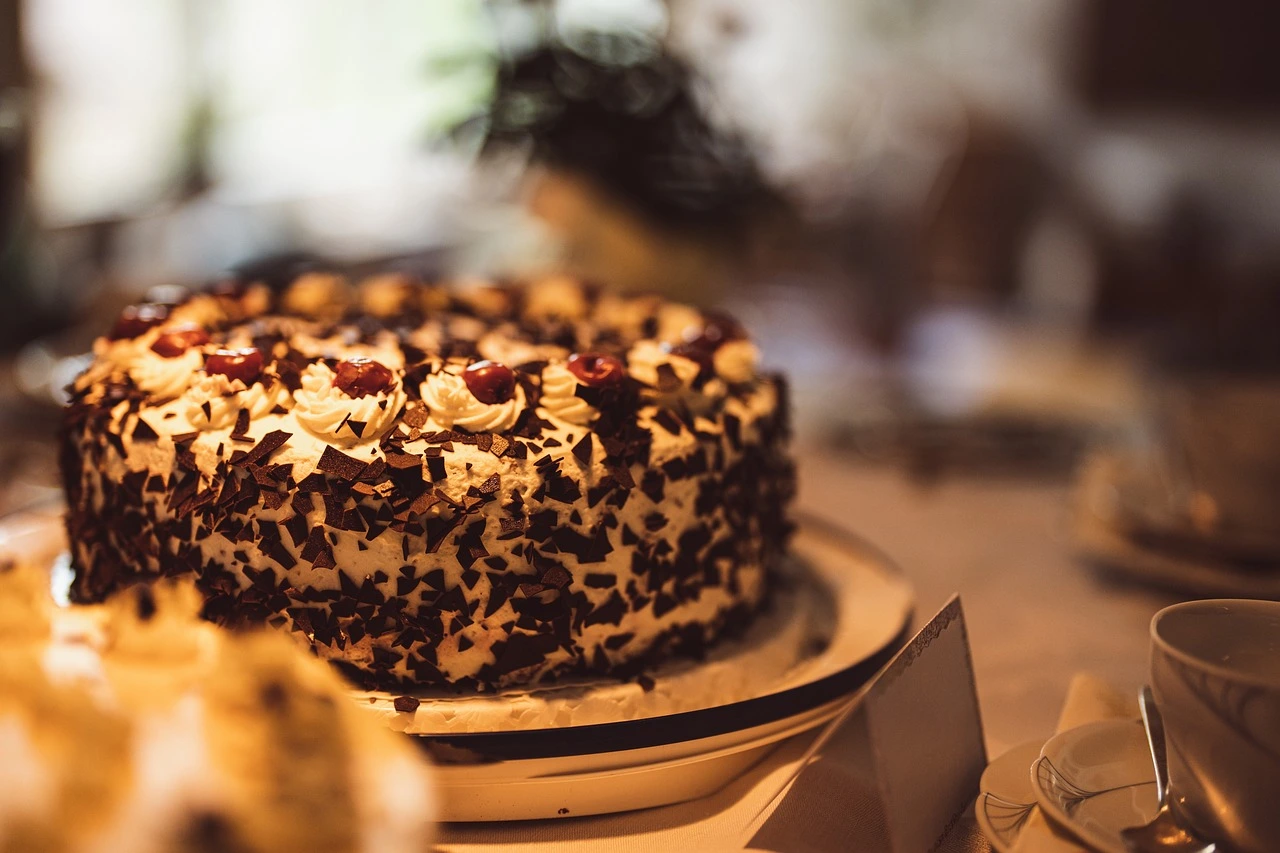Table of Contents
Have you ever craved the distinctive tangy flavor of sourdough bread but felt intimidated by the commitment of maintaining a starter? You’re not alone. Finding a reliable sourdough bread without starter has been my personal quest after countless failed attempts at keeping a traditional starter alive. The good news is that you can create that authentic sourdough taste without the weeks of preparation and daily feeding routine.
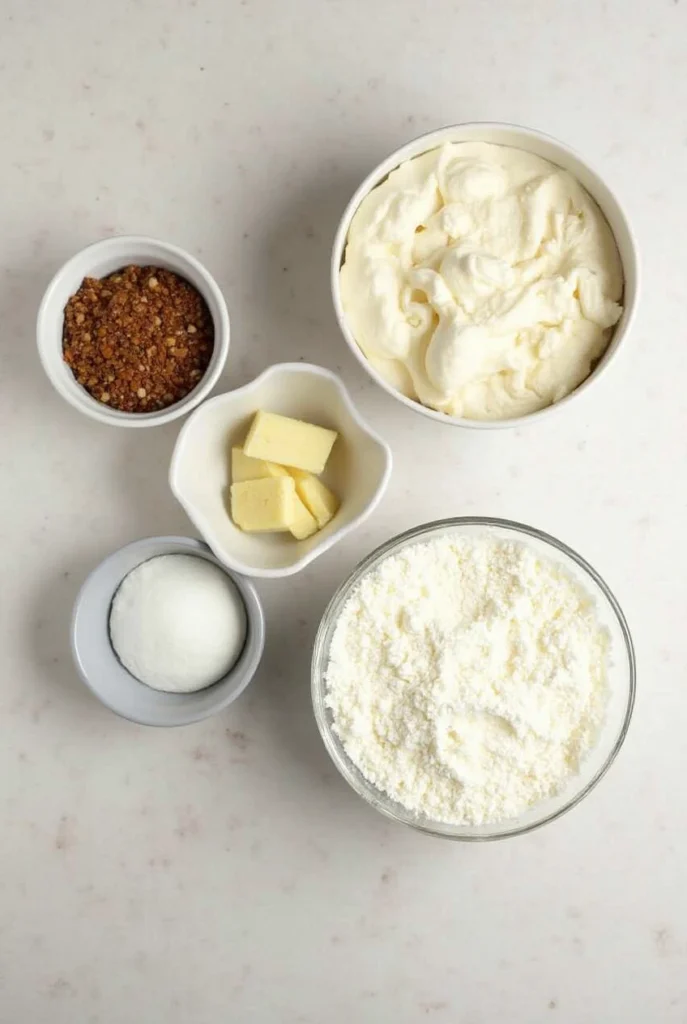
Ingredients List
Creating sourdough bread without a traditional starter requires specific ingredients that work together to achieve that distinctive tangy flavor. Here’s what you’ll need:
- 4 cups (500g) all-purpose flour or bread flour
- 1 tablespoon (15g) active dry yeast
- 2 tablespoons (30ml) white vinegar or lemon juice (for tanginess)
- 1 tablespoon (15g) plain yogurt (preferably Greek)
- 1½ teaspoons (9g) salt
- 1 teaspoon (4g) sugar
- 1¼ cups (300ml) lukewarm water
- 1 tablespoon (15ml) olive oil
Substitution options:
- Replace all-purpose flour with whole wheat flour for a nuttier flavor (use 75% whole wheat and 25% white for best texture)
- Apple cider vinegar can replace white vinegar for a milder tang
- Buttermilk can substitute for the yogurt and part of the water
- Honey can replace sugar for a more complex sweetness
Each ingredient plays a crucial role: the vinegar and yogurt create that signature tang, while the yeast provides the leavening that would normally come from a mature starter.
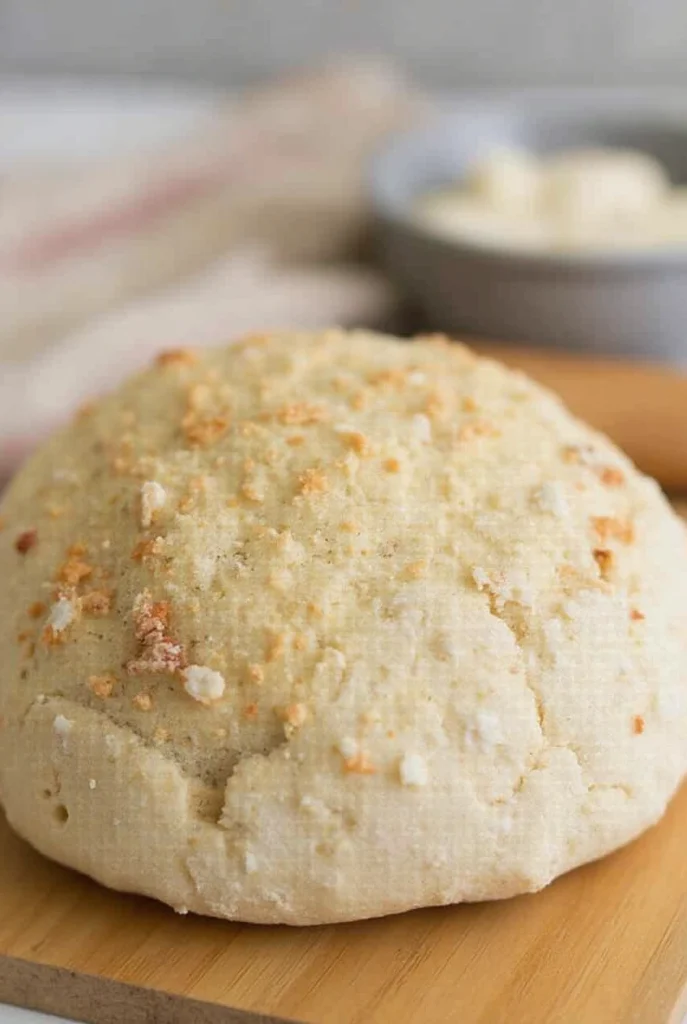
Timing
Preparation time: 20 minutes
Resting/Rising time: 3 hours (30% less than traditional sourdough)
Baking time: 35-40 minutes
Total time: About 4 hours
Unlike traditional sourdough that can take days or even weeks to prepare from scratch, this quick method requires just a few hours from start to finish. You’ll save significant time while still achieving a remarkably similar result to the classic version.
Step-by-Step Instructions
Step 1: Activate the Yeast
Combine the lukewarm water (ensure it’s between 105-110°F/40-43°C) with sugar in a large bowl. Sprinkle the active dry yeast over the surface and let it sit for 5-10 minutes until it becomes frothy and aromatic. This activation process is crucial—if your yeast doesn’t foam, it may be old or dead, and you should start over with fresh yeast.
Step 2: Create the “Quick Sourdough” Flavor Base
While the yeast is activating, mix the vinegar (or lemon juice) with the yogurt in a small bowl. This acidic mixture is your secret weapon for creating that characteristic sourdough tang without weeks of fermentation. The combination of acids mimics the lactic and acetic acid profiles found in traditional sourdough starters.
Step 3: Combine Wet Ingredients
Once your yeast is activated, add the vinegar-yogurt mixture and olive oil to the bowl. Stir everything together thoroughly to create your wet ingredient base. The olive oil adds moisture and helps extend the shelf life of your finished bread.
Step 4: Add Dry Ingredients
Add the flour and salt to your wet ingredients. Initially stir with a wooden spoon until the mixture becomes too difficult to work with. The dough will look shaggy and rough at this stage, which is perfectly normal.
Step 5: Knead the Dough
Place dough on a floured work surface and knead 8-10 minutes until elastic and smooth-textured. The dough should pass the “window pane test”—when a small piece can be stretched thin enough to see light through without tearing. If you have a stand mixer with a dough hook, you can knead for 5-6 minutes on medium-low speed instead.
Step 6: First Rise
Place the dough in a lightly oiled bowl, cover with a damp cloth or plastic wrap, and let it rise in a warm, draft-free place for about 1.5-2 hours, or until doubled in size. The ideal temperature is around 75-80°F (24-27°C). For a tangier flavor, you can extend this rise time by placing the dough in the refrigerator for up to 12 hours.
Step 7: Shape the Loaf
Once the dough has doubled, gently deflate it by pressing down with your fingertips. Turn it out onto a lightly floured surface and shape it into your desired loaf form—either a round boule or an oval batard. Be careful not to overwork the dough at this stage to preserve the air bubbles that have formed.
Step 8: Second Rise
Place your shaped loaf on a parchment-lined baking sheet or in a proofing basket dusted with flour. Cover loosely with a kitchen towel and let it rise for another hour, or until it’s puffy and increased in size by about 50%.
Step 9: Prepare for Baking
Heat oven to 450°F (234°C) for minimum 30 minutes prior to baking. For Dutch ovens or baking stones, include them during this preheating stage. When ready to bake, score the top of your loaf with a sharp knife or bread lame to allow for expansion during baking.
Step 10: Bake the Bread
For Dutch oven method: Carefully transfer the loaf to the preheated Dutch oven, cover with the lid, and bake for 25 minutes. Then remove the lid and bake for an additional 10-15 minutes until the crust is golden brown.
For baking sheet method: Place a small oven-safe dish with water on the bottom rack to create steam. Bake the loaf on the middle rack for 35-40 minutes until golden brown and the internal temperature reaches 205-210°F (96-99°C).
Step 11: Cool Completely
This is perhaps the most challenging step! Allow your bread to cool completely on a wire rack for at least 1 hour before slicing. Cutting too soon will result in a gummy texture as the steam needs time to redistribute throughout the loaf.
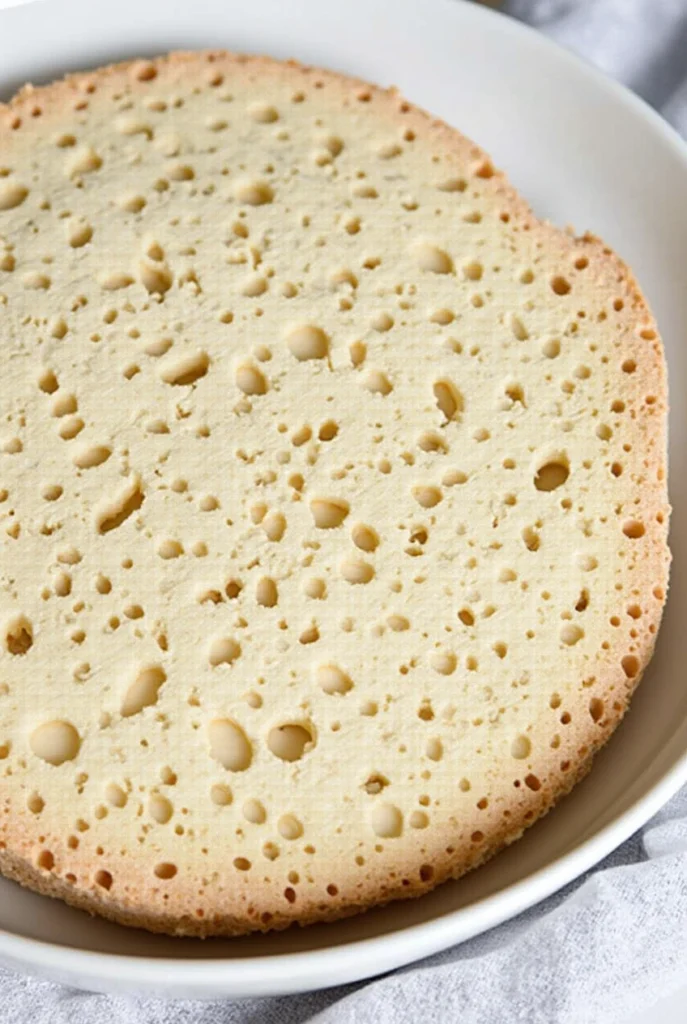
Nutritional Information
Per slice (based on 12 slices per loaf):
- Calories: 165
- Carbohydrates: 30g
- Protein: 5g
- Fat: 2g
- Fiber: 1.2g
- Sodium: 295mg
- Sugar: 0.5g
This quick sourdough method yields approximately 25% fewer calories than many commercial sourdough loaves while delivering comparable nutritional benefits. The addition of yogurt provides a small protein boost compared to traditional sourdough recipes.
Healthier Alternatives for the Recipe
Want to make this sourdough bread even more nutritious? Try these healthy modifications:
- Whole Grain Boost: Replace up to 50% of the all-purpose flour with whole wheat, spelt, or rye flour for increased fiber and nutrients. Add an extra tablespoon of water for each cup of whole grain flour.
- Seed Power: Incorporate 2-3 tablespoons of seeds like flaxseed, chia, or sunflower seeds for omega-3 fatty acids and additional protein.
- Reduced Sodium: Cut the salt to 1 teaspoon without significantly affecting the flavor profile.
- Probiotic Enhancement: Double the yogurt quantity for increased probiotic benefits.
- Gluten-Free Option: Substitute a high-quality gluten-free flour blend, but add 1 tablespoon of xanthan gum to help with structure.
These modifications can transform your sourdough into a nutrient-dense bread while maintaining that delicious flavor you crave.
Serving Suggestions
Your freshly baked quick sourdough bread deserves to be enjoyed in ways that highlight its unique character:
- Slice while still slightly warm and serve with cultured butter for a flavor combination that emphasizes the bread’s subtle tang
- Create an elevated avocado toast by adding microgreens, poached eggs, and a sprinkle of everything bagel seasoning
- Pair with robust soups like roasted tomato or beef stew, where the bread’s flavor stands up beautifully to the rich broth
- Use day-old slices for exceptional French toast—the tangy notes create a perfect contrast with maple syrup
- Toast and top with ricotta, honey, and fresh figs for a simple yet sophisticated breakfast or snack
For a dinner party presentation, consider slicing the loaf horizontally, adding garlic herb butter between layers, rewrapping in foil, and warming in the oven for an impressive pull-apart bread experience.
Common Mistakes to Avoid
Even with this simplified recipe, there are pitfalls that can affect your results:
- Improper Yeast Activation: Using water that’s too hot will kill the yeast, while too cool water won’t properly activate it. Aim for precisely 105-110°F (40-43°C).
- Rushing the Rise: According to bread science, at least 85% of flavor development occurs during rising. Shortcutting this process results in less complex flavor.
- Inconsistent Measurements: Weighing ingredients (especially flour) yields 35% more consistent results than using volume measurements.
- Overworking the Dough: Excessive kneading after the first rise will deflate too many air bubbles, resulting in dense bread.
- Cutting Too Soon: Internal temperatures remain active for up to an hour after baking. Premature slicing interrupts this final cooking phase.
- Improper Storage: Storing in plastic bags causes the crust to soften and can lead to mold development 2-3 days sooner than proper storage methods.
Storing Tips for the Recipe
Maximize the freshness and flavor of your sourdough bread with these storage strategies:
- Allow the bread to cool completely before storing (at least 2-3 hours)
- For 1-2 day storage, keep the loaf cut-side down on a cutting board or wrapped in a clean cotton towel
- For 3-5 day storage, wrap in parchment paper first, then place in a paper bag
- Avoid refrigerating fresh sourdough as this accelerates staling (the starch crystallization happens faster at refrigerator temperatures)
- For longer storage, slice the entire loaf once completely cool, freeze in a zipper storage bag with parchment between slices, and toast directly from frozen
- Revive slightly stale bread by lightly spritzing with water and heating in a 350°F (175°C) oven for 5-8 minutes
Properly stored, your homemade quick sourdough bread will maintain its quality for up to a week at room temperature or three months in the freezer.
Conclusion
This sourdough bread recipe without starter brings authentic flavor to your table without the fuss of traditional methods. By combining simple ingredients with strategic techniques, you’ll create a bakery-worthy loaf with that distinctive tangy taste. Try this recipe today and share your baking triumph in the comments! Subscribe for more time-saving recipes that never compromise on flavor or quality.
FAQs
Can I use instant yeast instead of active dry yeast? Yes! Substitute the same amount of instant yeast, but skip the activation step and mix it directly with the dry ingredients. Reduce the first rise time by about 15 minutes.
Why does my bread not taste as tangy as traditional sourdough? The tanginess comes primarily from the vinegar and yogurt. For more pronounced flavor, increase the vinegar to 3 tablespoons and/or let the dough rise longer in the refrigerator (up to 24 hours).
Can I made it in a bread machine? Absolutely! Add ingredients in the order recommended by your machine manufacturer, but add the vinegar and yogurt with the wet ingredients. Use the basic or white bread setting.
How can I get a crispier crust? For bakery-style crust, create more steam in your oven by placing ice cubes in a preheated cast iron pan on the bottom rack during the first 10 minutes of baking.
Is this truly sourdough without a starter? While traditional sourdough relies on wild yeast fermentation, this recipe creates similar flavor compounds through the addition of acidic ingredients. Purists might call this “quick sourdough” or “faux sourdough,” but the taste profile is remarkably similar.
Can I double this recipe? Yes, all ingredients can be doubled for two loaves. The rising times might increase slightly, so focus on the visual cues (doubled in size) rather than strict timing.




